Wastewater "gets beautiful" with ultrasound treatment
Focus
Focus
Category Facet
Custom Facet
Search Results
-
Web Content Article · written-by Mario Egidio on-date May 26, 2024 12:29 PM
Categoria Progetto: Energy Efficiency Innovation Heratech Project Circular Economy Water Project -
Web Content Article on-date Aug 4, 2020 5:20 PM
District heating is already in itself a "sustainable" and environment-friendly solution, because it can guarantee better performance than traditional domestic boilers. In addition, the plant...
Categoria Progetto: Heratech Project Energy Efficiency -
Web Content Article on-date Aug 4, 2020 5:12 PM
Since 2017, we have been developing a measuring system, conceived by Hera Luce, which analyses the materials used in public lighting. What's the target? Making their life cycle circular, as well.
Categoria Progetto: Energy Efficiency Circular Economy -
Web Content Article on-date Aug 4, 2020 5:08 PM
Producing electricity and heat from non-reusable waste. How? In a waste-to-energy plant: it's a safe and legally compliant plant and an energy resource for the local area.
Categoria Progetto: Energy Efficiency Circular Economy -
Web Content Article on-date Aug 4, 2020 4:21 PM
What's Ferrara's green secret? It's underground, where a geothermal basin feeds its district heating system. The result? 87% of the thermal energy distributed in the city is "clean" and we avoid...
Categoria Progetto: Innovation Energy Efficiency Circular Economy -
Web Content Article on-date Aug 4, 2020 4:07 PM
We have installed a turbo expander at the R&M stations of Ducati's factory in Bologna. The goal is to recover electricity from the decompression process of methane gas.
circulareconomy Categoria Progetto: Innovation Energy Efficiency
Asset Publisher
The ultrasound hydrolysis system, installed in the Forlì treatment plant, makes the life cycle of wastewater sludge circular. The result: less sludge to dispose of, and more biogas produced.

Wastewater is all the water that, after having been used in domestic, agricultural, and industrial activities, must be treated before being returned to the environment.
This water contains a solid part – sludge – which is removed during treatment. But, in addition to giving a new life to wastewater, can we also make the sludge life cycle circular, by reducing the amount to be disposed of?
Back in 2017, we started research to answer these questions, and, once again, we decided to invest in new technologies to lighten the impact on the environment and be more virtuous. In November 2019, our efforts became a reality, thanks to the ultrasound sludge hydrolysis system, installed at the Forlì treatment plant.
In this system, part of the sludge from the wastewater treatment process is subjected to sound waves. The waves, in contact with the liquid matrix to be treated, biodegrade more volatile solids, increasing biogas production, and reducing the final dry matter in the sludge. All this makes it possible to significantly reduce the volume of sludge to be disposed of and opens up new scenarios for the use of the biogas obtained thanks to the ultrasound system.
During 2020 the initial results will be reported and we look forward to sharing the successes of this new adventure with you.
Search Bar
Tag Facet
Search Results
Asset Publisher





.jpg/468d051b-ba80-83a6-359d-7ef55eefd940)
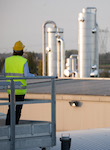
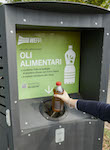
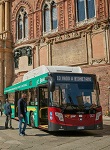
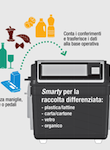
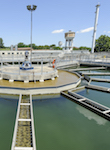
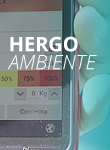
.jpeg/1d0e0770-1094-b22b-fce4-099f27c72978)